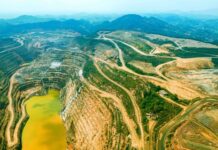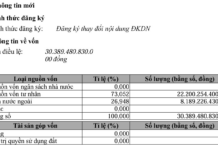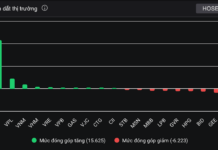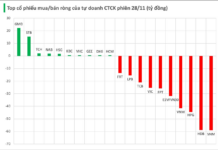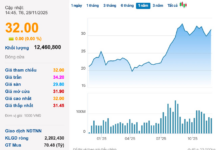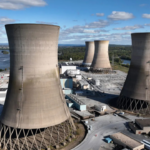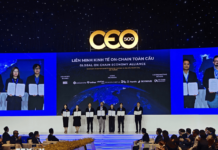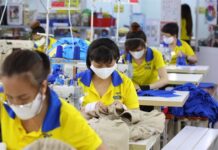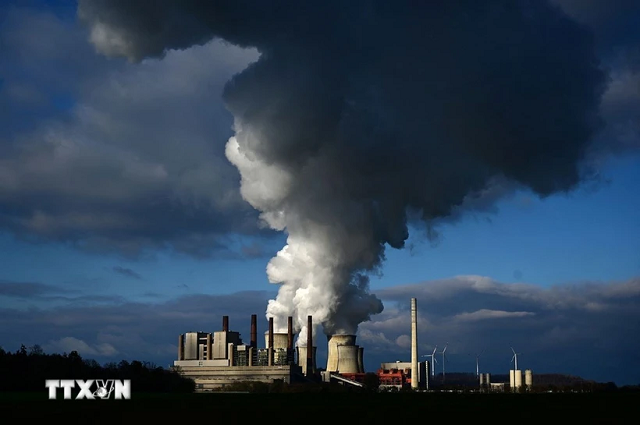
|
Smoke billows from a coal-fired power plant in Neurath, Western Germany. (Photo: Getty Images/VNA)
|
On November 23, local time, countries participating in the 29th Conference of the Parties to the United Nations Framework Convention on Climate Change (COP29) in Baku, Azerbaijan, reached an agreement on the rules for a global carbon credit market.
The market is expected to mobilize tens of billions of dollars for new projects to combat global warming.
According to VNA’s reporter in Eastern Europe, the agreement centers on ensuring reliable reductions in greenhouse gas emissions that cause climate change.
After reaching a deal that allows the UN’s centralized trading system to be implemented as early as next year, negotiators spent the remainder of their time in Azerbaijan trying to finalize the details of a separate bilateral system for countries to trade directly.
The details to be worked out included how to build a registry to track credits, as well as the amount of information countries should share about their agreements and what would happen if projects ran into trouble.
While the European Union (EU) called for tighter UN oversight and transparency on inter-country transactions, the US sought more autonomy over the agreements reached.
The COP29 President also announced a draft agreement proposing to allow some countries to issue carbon credits through a separate registry system without UN approval.
The final agreement is a compromise, with the EU ensuring registration services for countries unable to set up their own ledgers to issue and track credits, while the US ensured that a transaction recorded on such a registry would not qualify as UN-sanctioned credits.
Analysts say the COP29 agreement strikes a balance by providing clear rules to ensure integrity and transparency without limiting the participation of countries, thus promoting carbon credit trading.
The value of the UN-backed global carbon credit market could reach up to $250 billion per year by 2030./.
Ngoc Bien
Unlocking the Double Transition: Navigating the Financial Packages
International investment funds and banks have piqued their interest and are offering tangible financial packages to encourage Vietnamese businesses to embark on the dual transition. However, the lack of a clear legal and policy framework to assess green projects is hindering the disbursement of these much-needed green funds.
Transforming Feed Formulation to Reduce Greenhouse Gas Emissions
The livestock industry emits a significant amount of greenhouse gases, largely from the respiratory, digestive, and waste processes of the animals. To mitigate this, a shift in feed composition is necessary. This involves reducing the use of plant-based proteins, predominantly soy, and increasing the utilization of alternative feed ingredients that have a lower environmental impact in terms of greenhouse gas emissions.
The Evolution of Safe High-Speed Rail: A Global Perspective on Accident-Free Networks.
The key advantage of the North-South high-speed rail network is its safety. A prime example is Japan’s Shinkansen, which has been operational since 1964 and has an impeccable safety record with zero accidents to date. This trend is echoed globally. High-speed electric railways are environmentally friendly and offer a safe and sustainable mode of transport.











